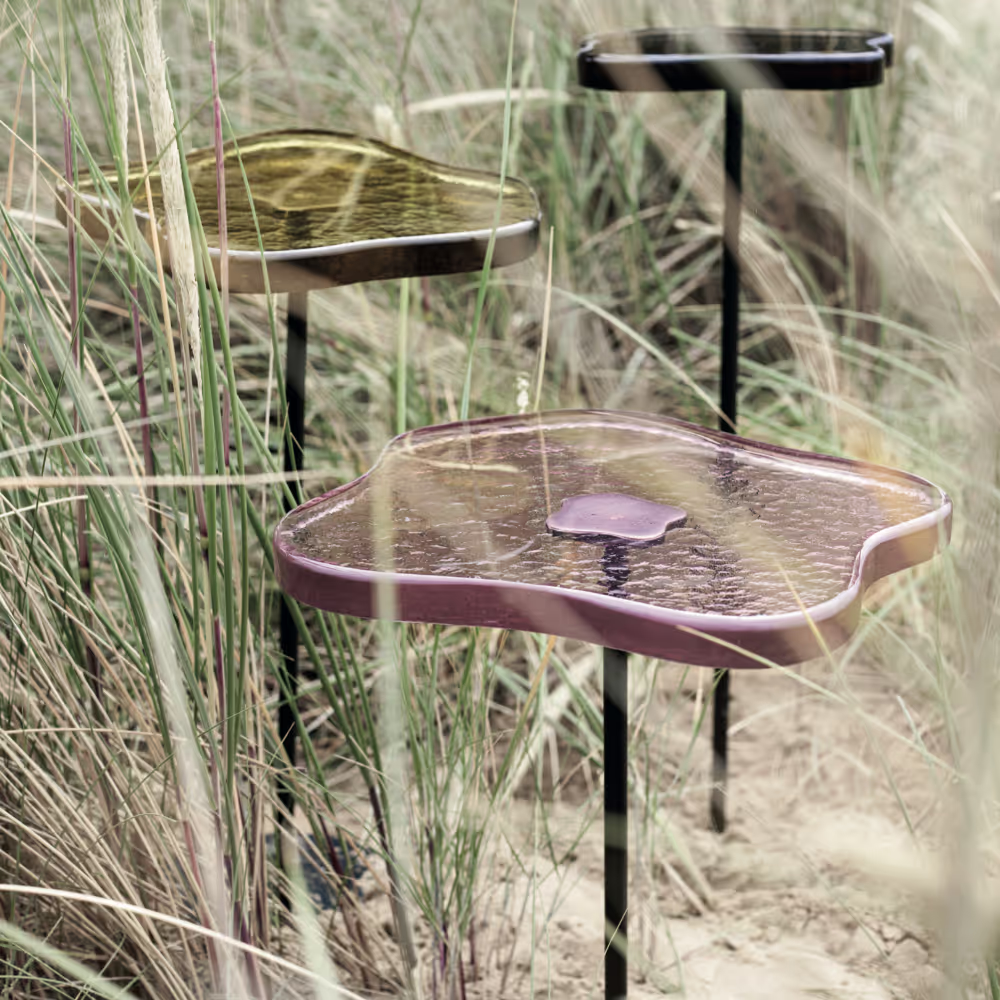

CREDIT: Ziboh Interiors
We are an experienced interior design studio, entirely dedicated to creating biophilic and eco-friendly home interiors on the Isle of Wight.

CREDIT: Ziboh Interiors
A sustainably-designed interior is still as colourful, beautiful and luxurious as any other; it's about how you create it that matters.
Unless a product is as eco-friendly as it can be, then I won't touch it!
For over 30 years, I’ve had the pleasure of designing and installing interiors for wonderful clients across the UK.
Though now semi-retired, I remain deeply connected to design—balancing it with my other creative love: working as a ceramic artist.
While I primarily work with existing clients, I remain open to new home interior projects that inspire and align with my values.

CREDIT: Tom Faulkner Furniture